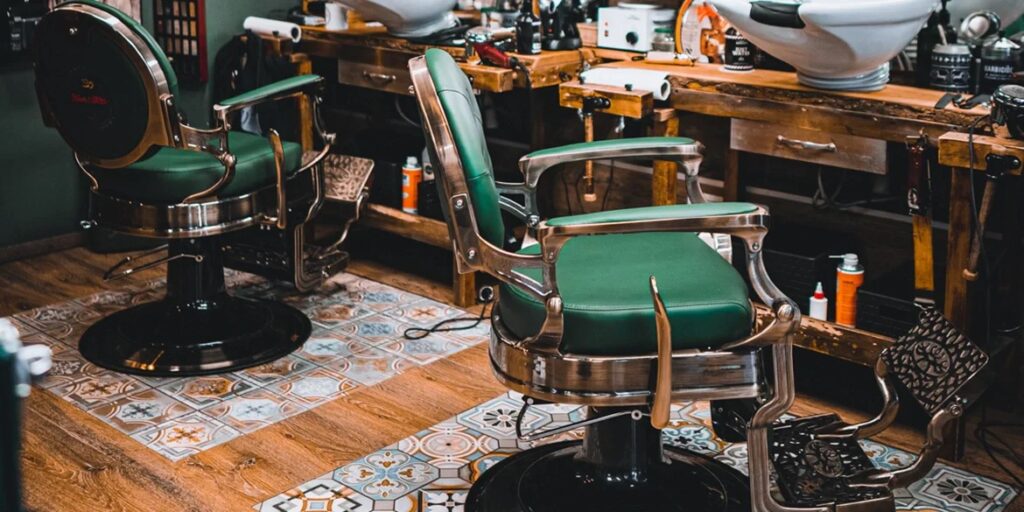Barber chairs are a cornerstone of barbershops, symbolizing tradition, craftsmanship, and comfort. They serve as both a functional tool for barbers and an iconic piece of design that has evolved over centuries. Crafting these chairs involves an intricate balance of tradition and innovation, blending classic design principles with modern technology and materials to meet the demands of contemporary barbershops. The art of making barber chairs is not just about aesthetics but also about ergonomics, durability, and functionality. Historically, barber chairs have been designed to exude luxury and professionalism. Early models were made from heavy wood and featured intricate carvings and embellishments, often reflecting the elegance of the time. These chairs were manually operated, with mechanisms allowing the barber to recline the client and adjust the height. The materials, such as high-quality leather upholstery and brass hardware, were chosen not just for their appearance but for their durability, standing up to years of constant use. A well-crafted chair became a status symbol for barbers and a hallmark of quality in their shops.

As the industry evolved, so too did the design and functionality of barber chairs. This innovation was a game changer, as it made the chair more functional and versatile. It also contributed to the overall comfort of the client, as barbers could now adjust the chair to the perfect height without disturbing the client’s position. This era saw the introduction of more streamlined designs, utilizing chrome accents and synthetic materials, which were easier to clean and maintain. Modern barber chairs continue to push the boundaries of innovation while respecting the traditions that have made them iconic. Today’s chairs are often made with lightweight yet durable materials, such as aluminum or stainless steel, and incorporate cutting-edge technologies like electronic recline mechanisms and memory foam cushioning for enhanced comfort. Some even feature built-in massage functions or heating elements, providing a luxurious experience for clients. However, despite these technological advancements, many barbers and chair manufacturers strive to preserve the classic aesthetic that defines the barbering tradition.
Customization has become a major trend in contemporary Barber Chair design, allowing shop owners to choose materials, colors, and finishes that reflect their brand’s identity. Vintage-inspired designs are particularly popular, often featuring tufted leather upholstery, wood accents, and metal detailing that harken back to the golden age of barbering. These designs evoke a sense of nostalgia while integrating modern conveniences, making them a favorite for high-end barbershops seeking to create a timeless yet contemporary atmosphere. Ergonomics and sustainability are also key considerations in today’s barber chair craftsmanship. Manufacturers now pay close attention to the posture and comfort of both the barber and the client. Chairs are designed to reduce strain on the barber’s back and arms, while also ensuring that clients can sit comfortably for extended periods. Additionally, eco-conscious materials and manufacturing processes are being embraced, reflecting the growing awareness of sustainability in the industry. In conclusion, the art of crafting barber chairs is a delicate balance between honoring the past and embracing the future.
